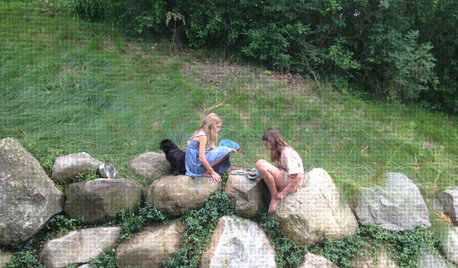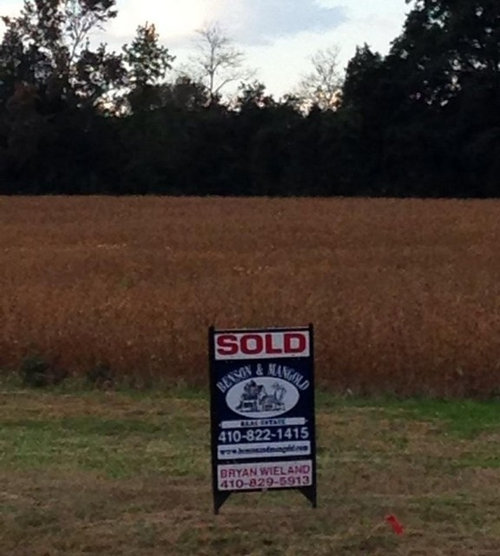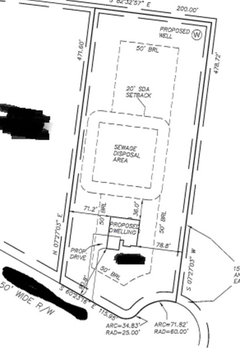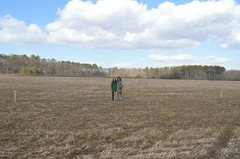How do I turn old farmland into a healthy lawn?
ladybrowncoat
10 years ago
Featured Answer
Comments (12)
forsheems
10 years agolast modified: 9 years agoRelated Professionals
Aurora Landscape Contractors · Jackson Landscape Contractors · Burlington Landscape Contractors · Clearlake Landscape Contractors · Cockeysville Landscape Contractors · Columbine Landscape Contractors · Costa Mesa Landscape Contractors · Dunwoody Landscape Contractors · Lake Saint Louis Landscape Contractors · Metairie Landscape Contractors · New Braunfels Landscape Contractors · Saint Paul Landscape Contractors · Tehachapi Landscape Contractors · Glenn Heights Swimming Pool Builders · West Covina Swimming Pool Buildersjoepyeweed
10 years agolast modified: 9 years agoladybrowncoat
10 years agolast modified: 9 years agokrnuttle
10 years agolast modified: 9 years agodchall_san_antonio
10 years agolast modified: 9 years agoladybrowncoat
10 years agolast modified: 9 years agoladybrowncoat
10 years agolast modified: 9 years agoladybrowncoat
10 years agolast modified: 9 years agokrnuttle
10 years agolast modified: 9 years agoladybrowncoat
10 years agolast modified: 9 years agodchall_san_antonio
10 years agolast modified: 9 years ago
Related Stories

GARDENING GUIDESHow to Prep Your Ground for a Healthy New Lawn
Seed or sod that falls on weedy, lumpy soil is a wasted effort. Follow these steps to ensure that your new lawn will thrive
Full Story
HOUZZ TOURSMy Houzz: Quirky Charm on Aussie Farmland
With skateboards adorning the kitchen, a trash-inspired backsplash and a retro trailer, this home shows passionate creativity
Full Story
HOUZZ TOURSHouzz Tour: A Texas Home Gets a Healthy, Fresh Start
Mold eradication was just the beginning for this Austin family's home on a creek bed — toxins of all kinds now don't make it past the door
Full Story
LIFE8 Sick-Day Activities to Get Healthy at Home
Staying home is the fastest way to heal — and to enjoy all the comforts and design details you've spent so much time choosing
Full Story
GARDENING GUIDESHow to Keep Your Trees Healthy
Ensure your trees’ vigor for years to come with these tips for protecting roots, watering effectively and more
Full Story
LIFETurn Off the Video Games and Turn On Your Kid's Creativity
Going nuts planning summer activities? Kids overdosing on screen time? It may be time to foster more self-directed play
Full Story
LIFESlow Living 101: Tips for Turning Off the Chaos
It may feel as though you're too busy to slow down and enjoy life. But even little changes can have a big effect
Full Story
GRASSESHow to Rock a Lawn
Weekend Project: The key to healthy grass begins with the soil. If turf works for you, here’s how to fix it and keep it looking its best
Full Story
HEALTHY HOME12 Ways to Set Up Your Kitchen for Healthy Eating
Making smart food choices is easier when your kitchen is part of your support team
Full Story
HEALTHY HOMEGet Your Light Right for a Healthy House
Homes that are too bright at night and too dark during the day are ruining our health. Here's what you can do
Full Story










krnuttle